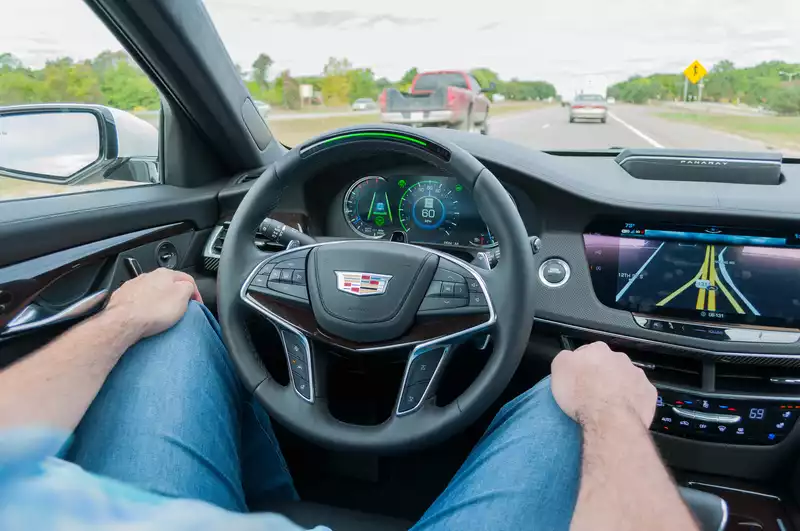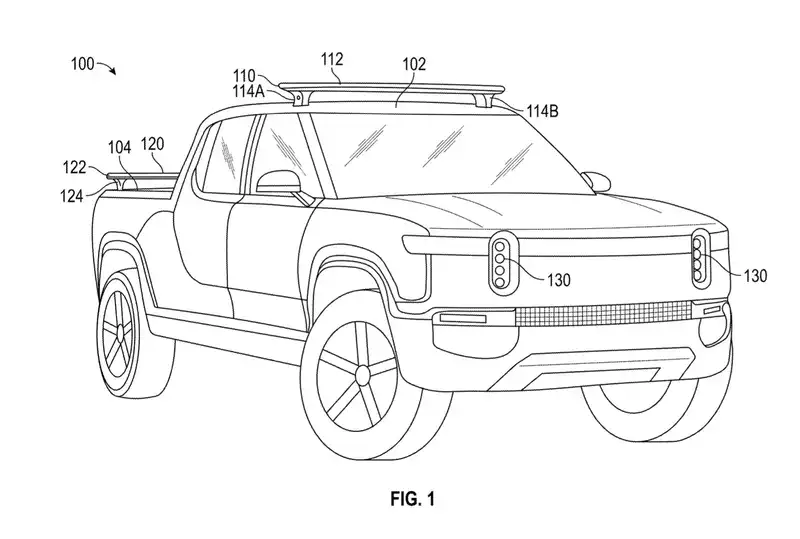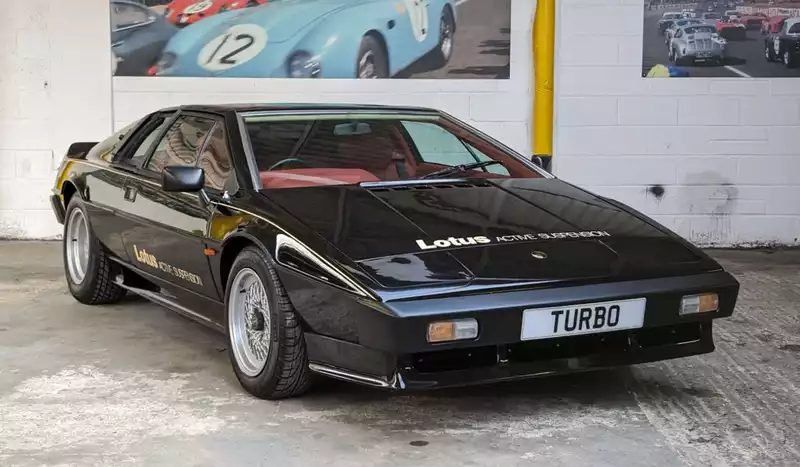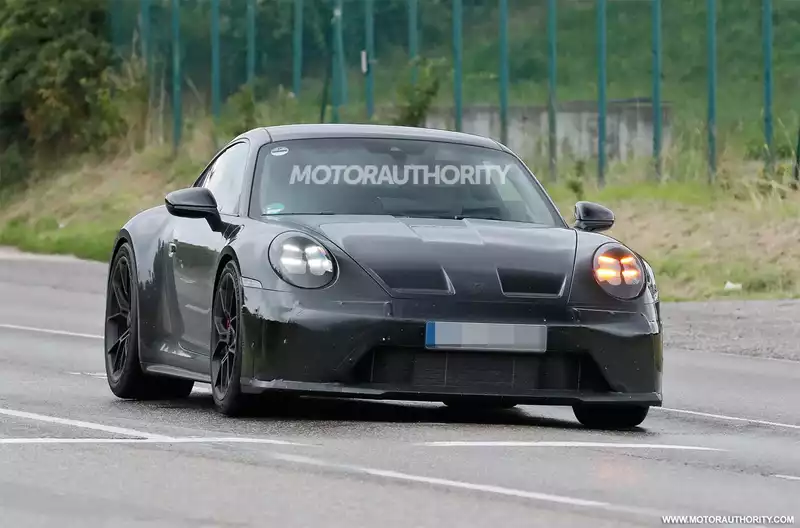Dodge Charger Daytona SRT Concept Teases Wild Electric Roadmap
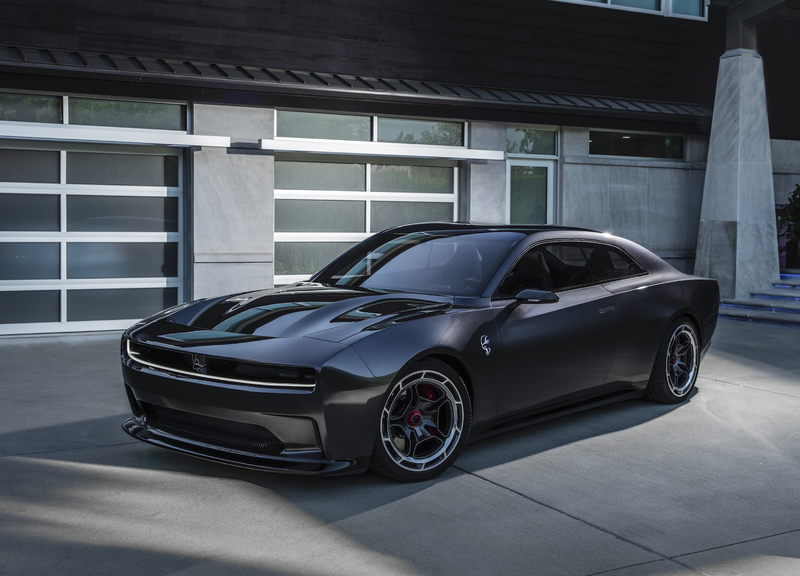
Dodge has established itself as a muscle car brand. The Charger and Challenger have carried the muscle car look and performance since the mid-2000s. The brand's electric future will be no different, as the Charger Daytona SRT concept that Dodge unveiled Wednesday shows.
The final news from Dodge's Speedweek in Pontiac, Michigan, is the biggest. According to Dodge, the Charger Daytona Concept is a preview of things to come, and if anyone was worried that the brand's electric cars would be boring, worry no more.
The Charger Daytona Concept features an aerodynamic front wing called the R-Wing, a new "exhaust system" that offers a distinctive sound called Fratzonic Chambered Exhaust (starting at 1:55 in the video above) and the eRupt multi-speed transmission. Not to mention a sleek, sexy look that is sure to appeal to traditional Dodge muscle car buyers.
Dodge chose the name Charger Daytona in honor of NASCAR's famous basket-handle 1970 Charger Daytona, the first car to hit 200 mph on a race track. Dodge has not revealed power specifications, but says the new Banshee electric powertrain will provide all-wheel drive and outperform the Hellcat model in all key measurements. It is likely that at least two motors will be combined to provide more than 800 horsepower. Dodge has also not disclosed the size of the battery, but says the car will use an 800-volt electric architecture, which will allow for fast charging with DC and will probably exceed 200 kw.
While most EVs have a single-speed transmission (the Porsche Taycan has a two-speed transmission), Dodge says the Charger Daytona Concept has an electromechanical shift that provides a clear shift point that pushes the occupant's shoulders into the seatback, "a It is equipped with a "multi-speed" transmission. There is also a "Power Shot Push to Pass" button on the steering wheel that allows the driver to increase horsepower and accelerate all at once.
Dodge also offers a gas engine sound with a Flatronic chamber exhaust. This system sends its own sound through an amplifier and tuning chamber in the rear of the vehicle, pushing out as much as 126 dB, comparable to the sound of a Hellcat. How it will be classified as an exhaust system has not yet been explained, but Dodge says it will have a "dark matter" sound profile.
Performance has yet to be defined, and so far, the Charger Daytona's biggest draw is its design: the two-door hatchback mimics the beloved 1970 Challenger, just as the current Challenger mimics the It is a modern interpretation of the beloved 1968 Charger, just as the current Challenger mimics the 1970 Challenger. The nose inherits the dull, blacked-out look of the '68 Charger, but incorporates an R-wing, a flow-through opening at the top of the nose that provides downforce up front. the R-wing is sculpted with a central bulge that looks like it is there to accommodate a Holley double pump. It leads to the hood. Carbon fiber intakes at the lower corners of the front and rear fascia create air curtains for improved aerodynamics
, while the front and rear fascia are designed to be more aerodynamic, with a "carbon fiber" intake at the center of each corner
.
The nose is fitted with the "Flatzok" badge that was fitted to Dodge vehicles from 1962 to 1976. Dodge claims that the badge meant nothing at the time, but now represents Dodge's electrified future. Slim headlights are placed at the end of the nose, and the entire front end features a ring-shaped lighting signature.
The slab-sided body is virtually unadorned, with a sleek coke-bottle appearance, flush door handles, banshee fender badges, and graphite-look Glades of Thunder paint. The 21-inch wheels, designed to look like turbines, are fitted with center caps with the Frazog logo. Six-piston calipers peek out from under the wheels.
The Charger Daytona SRT concept has a black cabin like the current Challenger, but is surrounded by red lighting that flows from the doors to the center console. Occupants sit in four racing-inspired seats with carbon-fiber backrests. Blue and silver accent stitching frames the seats and other elements of the cabin. The floor and door sills are covered in carbon fiber with illuminated Daytona lettering. The lightning bolt on the throttle pedal is a nod to electric power, and the pistol-grip shifter is reminiscent of Dodge's muscle cars of the past. The flat top and bottom steering wheel and paddle shifters add a sporty touch.
Buttons on the steering wheel provide access to Auto, Sport, Track, and Drag driving modes that change dynamics, instrument cluster information, HUD information, sound, and interior lighting. Capacitive touch controls are provided on the doors and steering wheel. A panoramic sunroof opens up the dark cabin, while the hatchback design extends convenient storage space.
A production version of the Charger Daytona SRT concept is slated for 2024, possibly replacing the current Charger and Challenger, which will cease production after 2023. It is expected to be powered by Sterantis' new STLA large EV-specific architecture. It is unclear how close to this concept car it will look, but if the current Charger is any indication, it should be very similar, if not identical.
.